Have you ever used a luxuriously soft yet surprisingly strong wipe and wondered what it’s made of? Chances are, you’ve experienced the magic of airlaid material. This innovative fabric is popping up everywhere, from our bathrooms to hospitals and even industrial settings.
But what exactly is airlaid material, and what makes it so special? Let’s dive into the fascinating world of airlaid and explore its top 10 applications.
What is Airlaid Material?
Airlaid material, also known as airlaid fabric, airlaid nonwoven, or airlaid web, is a unique textile manufactured by a special process called airlaying. Unlike traditional woven or knitted fabrics, airlaid materials are bonded together using air currents instead of weaving or knitting.
This process results in a fabric with several desirable properties:
- Exceptional softness and comfort: The airlaid production process creates a fabric with a luxuriously soft and drapey feel, making it ideal for applications requiring gentle contact with the skin.
- High absorbency: Airlaid materials are known for their superior absorbency, thanks to their porous structure. This makes them perfect for products like wipes, diapers, and medical supplies.
- Strength and durability: Despite their softness, airlaid fabrics are surprisingly strong and durable. They can withstand tearing and puncturing, making them suitable for demanding applications.
- Breathability: The unique structure of airlaid material allows for excellent breathability. This property is particularly important for hygiene products and medical applications.
- Biodegradability and compostability: Many airlaid materials are made from biodegradable and compostable raw materials, making them an environmentally friendly choice.
How is Airlaid Material Made?
The airlaid production process is a marvel of modern textile engineering. Here’s a simplified breakdown:
- Raw Materials: The process begins with feeding raw materials, typically natural fibers like wood pulp or cotton, into an airlaid forming machine.
- Fiber Separation: The machine uses high-powered air currents to separate the fibers, creating a fluffy, web-like structure.
- Web Formation: The separated fibers are then deposited onto a moving conveyor belt, forming a continuous web of airlaid material.
- Bonding: Various airlaid bonding methods can be used to bind the fibers together. These methods include thermal bonding, hydroentangling, and chemical bonding.
- Finishing: Finally, the airlaid web is subjected to finishing treatments to achieve the desired properties, such as softness, absorbency, or strength.
What is Airlaid Made of?
Airlaid materials are typically made from natural fibers like wood pulp (cellulose) or cotton. However, synthetic fibers like polyester can also be incorporated to enhance specific properties like strength or durability. The choice of raw materials depends on the intended application and desired characteristics of the final product.
What is the Meaning of Airlaid?
The term “airlaid” itself describes the unique production process used to create this nonwoven fabric. Instead of traditional weaving or knitting, airlaid materials are formed by layering fibers using air currents, hence the name “airlaid.”
What is the Airlaid Process?
As explained earlier, the airlaid process involves several steps: feeding raw materials, fiber separation using air currents, web formation on a conveyor belt, bonding of fibers using methods like thermal bonding or hydroentangling, and finally, finishing treatments to achieve desired properties.
What is an Airlaid Napkin?
An airlaid napkin is a perfect example of airlaid material in action. These napkins are known for their exceptional softness, absorbency, and cloth-like feel, making them a popular choice for high-end restaurants and events.
Top 10 Applications of Airlaid Material
Now that we understand what airlaid material is and how it’s made, let’s explore its diverse applications:
1. Hygiene Products:
- Airlaid wipes: Baby wipes, makeup remover wipes, and personal hygiene wipes often utilize airlaid materials for their gentle touch and effective cleaning.
- Airlaid diapers: Airlaid is used in diapers for its superior absorbency and ability to wick away moisture, keeping babies dry and comfortable.
2. Medical Products:
- Airlaid medical products: Surgical gowns, drapes, and masks often incorporate airlaid materials for their fluid repellency, breathability, and barrier protection.
- Wound care: Airlaid dressings are becoming increasingly popular due to their softness, absorbency, and ability to promote wound healing.
3. Tabletop Products:
- Airlaid tablecloths: Airlaid tablecloths offer a premium look and feel, mimicking the elegance of linen while being more convenient and disposable.
- Airlaid napkins: As mentioned earlier, airlaid napkins are favored by restaurants and caterers for their softness, absorbency, and sophisticated appearance.
4. Filtration Media:
- Airlaid filtration material: Air filters, coffee filters, and even vacuum cleaner bags utilize airlaid materials for their ability to trap particles effectively.
5. Personal Care Products:
- Cosmetic pads: Airlaid material is used in cotton pads and facial rounds for its softness, absorbency, and ability to apply and remove makeup gently.
6. Packaging Materials:
- Protective packaging: Airlaid is used to wrap and protect fragile items during shipping and storage, preventing damage and scratches.
7. Agricultural Applications:
- Seedling mats: Airlaid mats provide an ideal environment for seed germination and growth, promoting healthy root development.
8. Automotive Industry:
- Automotive wipes: Airlaid wipes are used for cleaning and detailing car interiors and exteriors due to their softness and absorbency.
- Sound insulation: Airlaid materials are being explored for their potential in sound absorption and insulation within vehicles.
9. Construction Materials:
- Insulation: Airlaid materials can be used as a component in insulation materials for walls and roofs, providing thermal and acoustic benefits.
10. Pet Care Products:
- Pet wipes: Airlaid pet wipes offer a gentle and effective way to clean pets’ paws, fur, and sensitive areas.
Advantages of Using Airlaid Material
The growing popularity of airlaid material can be attributed to its numerous advantages over traditional materials:
- Superior Softness and Comfort: Airlaid materials are significantly softer than traditional fabrics, making them ideal for applications requiring gentle contact with the skin.
- Exceptional Absorbency: Airlaid materials possess high absorbency, making them suitable for products designed to absorb liquids.
- Breathability and Air Permeability: The unique structure of airlaid material allows for excellent breathability, preventing moisture buildup and promoting airflow.
- Strength and Durability: Airlaid materials are surprisingly strong and durable, capable of withstanding tearing and puncturing.
- Biodegradability and Compostability: Many airlaid materials are made from biodegradable and compostable raw materials, making them an environmentally friendly choice.
- Versatility: Airlaid materials can be engineered to possess a wide range of properties, making them suitable for diverse applications.
Airlaid Material vs. Traditional Materials
Compared to traditional woven or knitted fabrics, airlaid materials offer several key advantages:
- Improved Softness and Drape: Airlaid materials are significantly softer and more drapey than traditional woven fabrics.
- Enhanced Absorbency: Airlaid materials typically exhibit higher absorbency compared to woven or knitted fabrics.
- Increased Breathability: The airlaid production process creates a more breathable fabric compared to tightly woven fabrics.
- Biodegradability: Airlaid materials are often made from biodegradable materials, while traditional fabrics may use synthetic fibers that take longer to decompose.
Airlaid Material Suppliers
As the demand for airlaid materials continues to rise, numerous airlaid material suppliers have emerged globally. When choosing a supplier, it’s essential to consider factors like:
- Product Quality: Ensure the supplier provides high-quality airlaid materials that meet industry standards.
- Production Capacity: Choose a supplier with the production capacity to meet your specific volume requirements.
- Customization Options: Look for a supplier that offers customization options to tailor the airlaid material to your specific needs.
- Sustainability Practices: Consider suppliers committed to sustainable manufacturing practices and using eco-friendly materials.
Conclusion
Airlaid material has emerged as a versatile and innovative textile solution, finding applications in a wide range of industries. Its unique combination of softness, absorbency, strength, and breathability makes it an ideal choice for products requiring gentle contact with the skin, high fluid absorbency, or effective filtration.
As the demand for sustainable and high-performance materials continues to grow, airlaid material is poised to play an even more significant role in various sectors. Its versatility, combined with its eco-friendly nature, makes it a material of the future, revolutionizing industries and improving our daily lives.
Contact Us
Favourite Fab is a leading supplier of high-quality airlaid materials. Contact us today to learn more about our products and how we can help you find the perfect airlaid solution for your needs.
Email: sale@favouritehub.com
WhatsApp: +91 95288811566



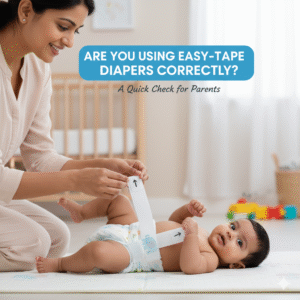
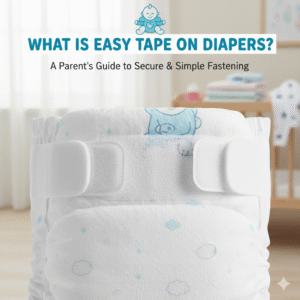
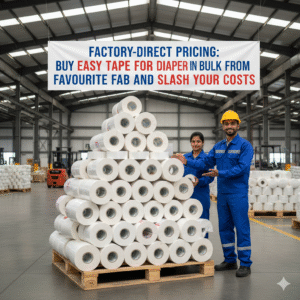
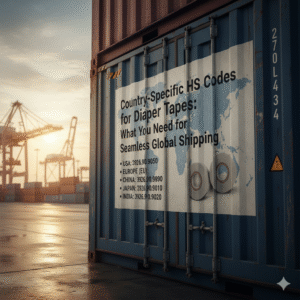

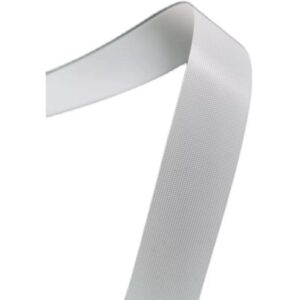
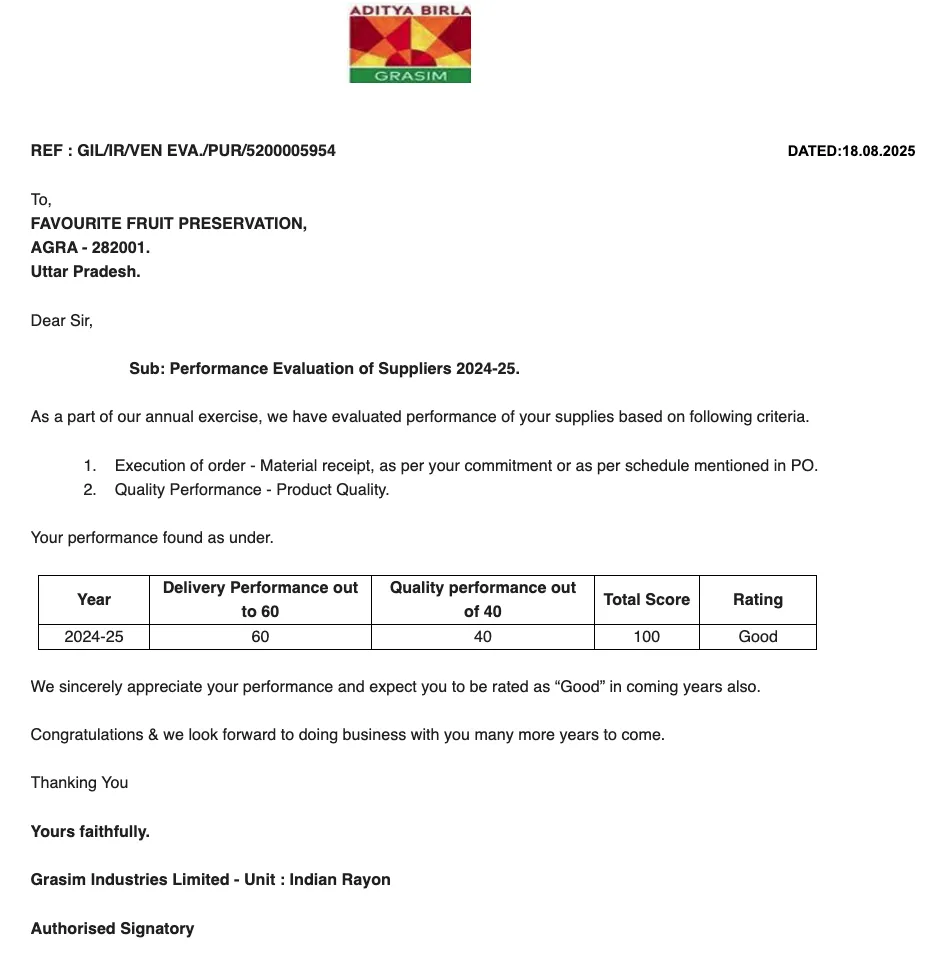




























We Do Business On Trust.Our Nonwoven fabric Business is Built on trust. Trust starts with Transparency.
Mr.Ramniwas Garg Founder Of Favourite Group